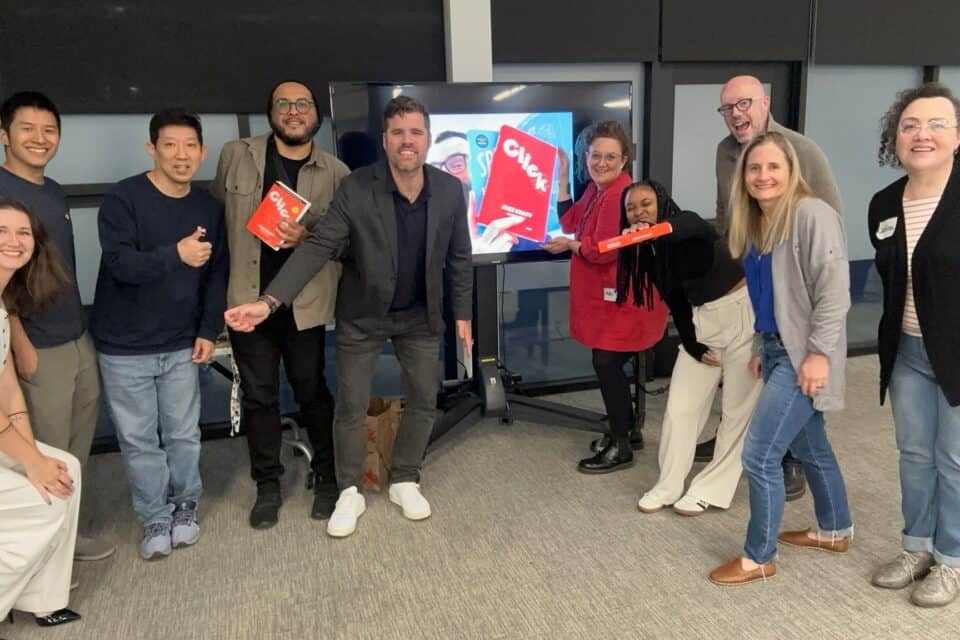
Discover the power of collective practice at Voltage Control's Facilitation Lab. Here, facilitators of all levels grow together through hands-on learning, real-time feedback, and community collaboration. Engage in live practice, explore new facilitation techniques, and cultivate a culture of curiosity and feedback. Experience the transformative impact of practicing alongside others in a supportive environment, where growth is shared, not solo. Join our community and start learning in the moment—together.










